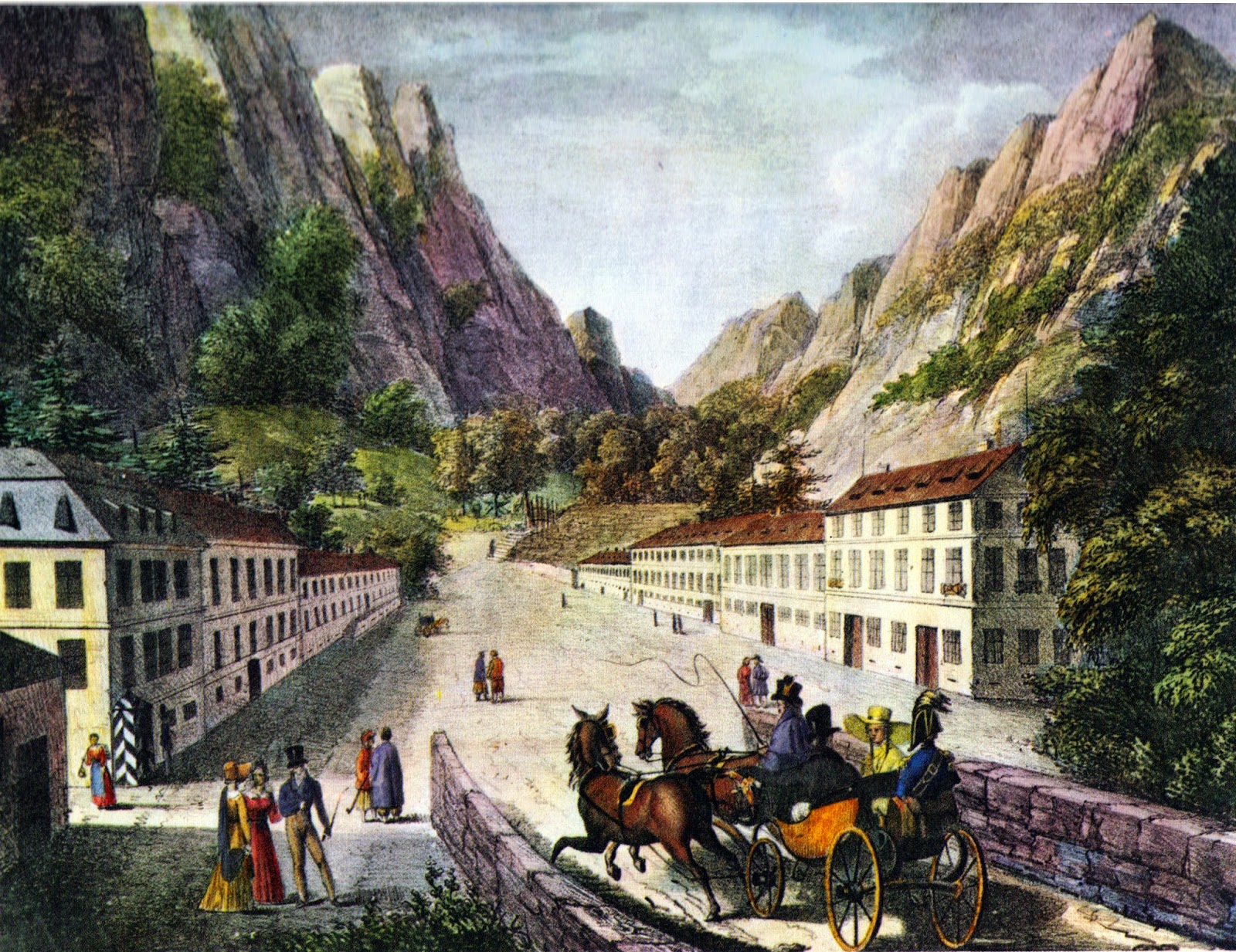 |
| St.Andrew |
According to the ancient folk traditions, tonight the spirits
come in the world of living, wolves talk with human voices while people protect
themselves from evil using ancient spells and….garlic….yes the wonderful garlic
is used in protecting the stables, wreaths are hung inside, bundles of garlic
at windows of the homes and delicious meals are abundantly blessed with garlic.
 |
| Garlic Wreath |
There is another culinary delight that comes into the
recipes of St. Andrew’s night protection...the fragrant basil, not only to
enhance any dish but put under the pillow at night by the single young women so
they may see their true beloved in their dreams.
 |
| Basil Under The Pillow Tradition |
The Apostle St. Andrew is considered the country's patron,
he preached the Gospel and he shared the word of God in these lands, thus one
can find in Dobrogea region of Romania ancient names of places, such as Saint
Andrew's Cave, St. Andrew creek.
 |
| St.Andrew's Cave |
Farmers and gardeners honor Saint Andrew by sprouting
wheat indoors to predict how abundant the harvest will be next year, and also
to bring good fortune and prosperity to the households and their family in the
coming year.
 |
| Sprouted Wheat for Good Fortune |
They will set the green wheat bowls on their New Year's Feast tables.











































